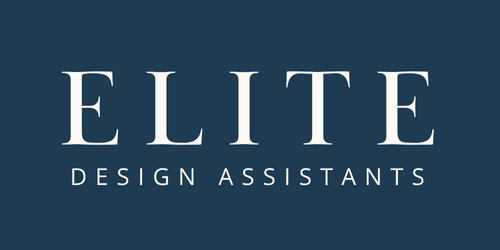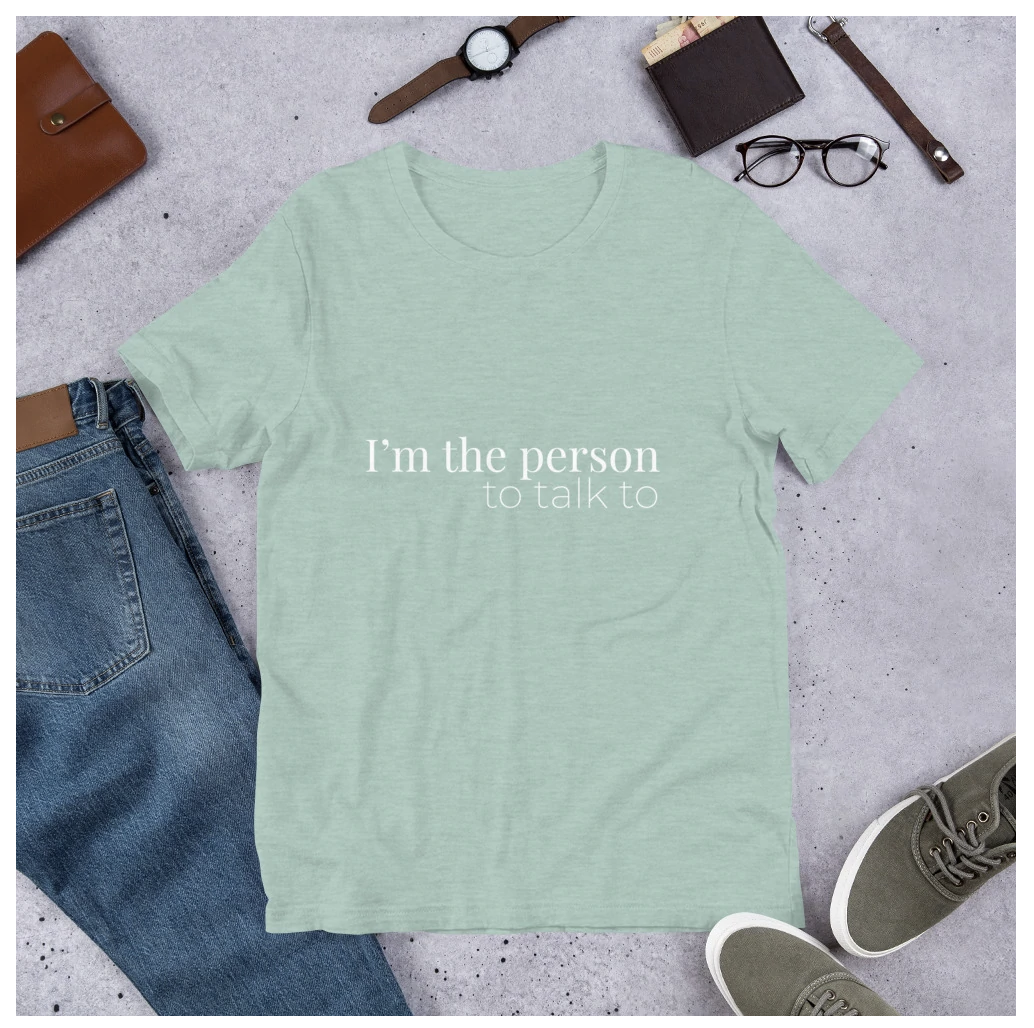Project Management Software for Interior Designers
/Project Management Software can be a game changer for your business. There are so many effective options out there… So how do you decide which software is the best for you? We’re highlighting four project management programs that can help take your business to the next level.
Monday.com
As an interior designer, Monday.com is a project management software that can help you manage vendors, contractors, and clients, manage inventory, and collaborate with your team, track and bill your time or create purchase sheets. You can store contact information, collaborate, and keep everyone in the loop. This makes Monday.com a great resource for a team of designers or a solo designer who wants to manage workflows with other vendors and contractors.
Pricing:
Individual - $0 forever
Basic - $8 per team member / month
Standard - $120 per team member / month
Pro - $16 per team member / month
Get started here.
ClickUp
ClickUp is another great project management tool that can boost productivity. ClickUp offers spaces, where different aspects of your business or design business are stored. It also provides templates for interior designers that can allow you to store your specs, images, and proposals all in one place. This software is helpful for improving delivery times and tracking project statuses to stay on track and meet client expectations.
Pricing:
Free Forever - best for personal use
Unlimited - $5 per month and best for small teams
Business - $9 per month and best for mid-sized teams
Business Plus - $19 per month and best for multiple teams
Try it here.
Asana
Asana is a project management tool that allows you to track and manage your work, use commenting to ask questions and provide feedback on tasks, and to easily find files related to various projects. Asana is a great tool for teams to track their projects, allowing design requests, teamwork feedback, and collaboration to take place easily among team members.
Pricing:
Basic - $0 for individuals or teams just getting started
Premium - $10.99 per user per month
Business - $24.99 per user per month
Sign up here.
GatherIt
GatherIt is another great Project Management tool for interior design teams that employs a visual approach to organization. This program allows teams to collaborate and have easy access to important project information. This software specifically helps visually organize projects, source products faster, stay on top of status dates and produce resorts and design deliverables.
Pricing:
Studio $199 per month
Firm $349 per month
Start a free trial here.
Each of these software programs have different benefits and features that uniquely make them the best fit for your business. Consider trying out a free trial or continuing to research how other designers are using these programs to help decide which software is the best option for you.
Are you looking for more resources that can help your business? Check out our other resources here.
xx, Danae
















